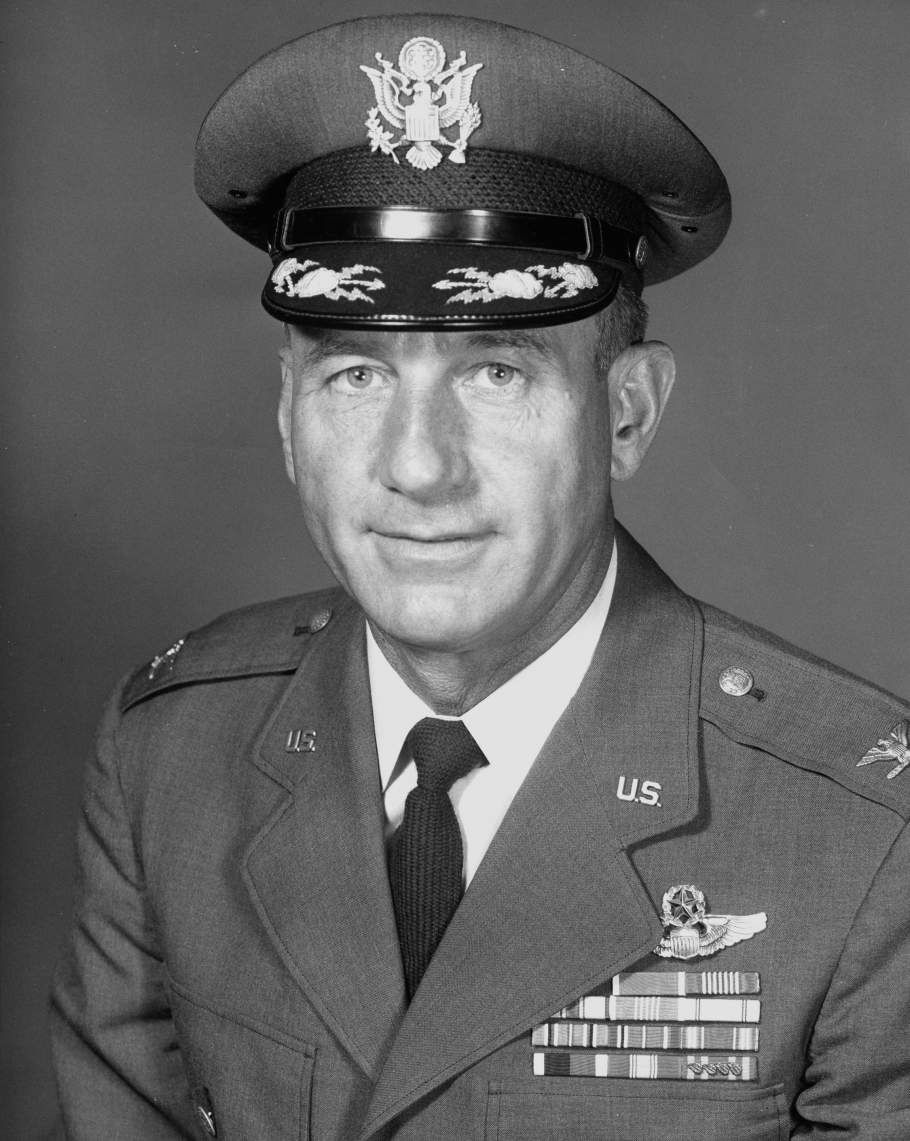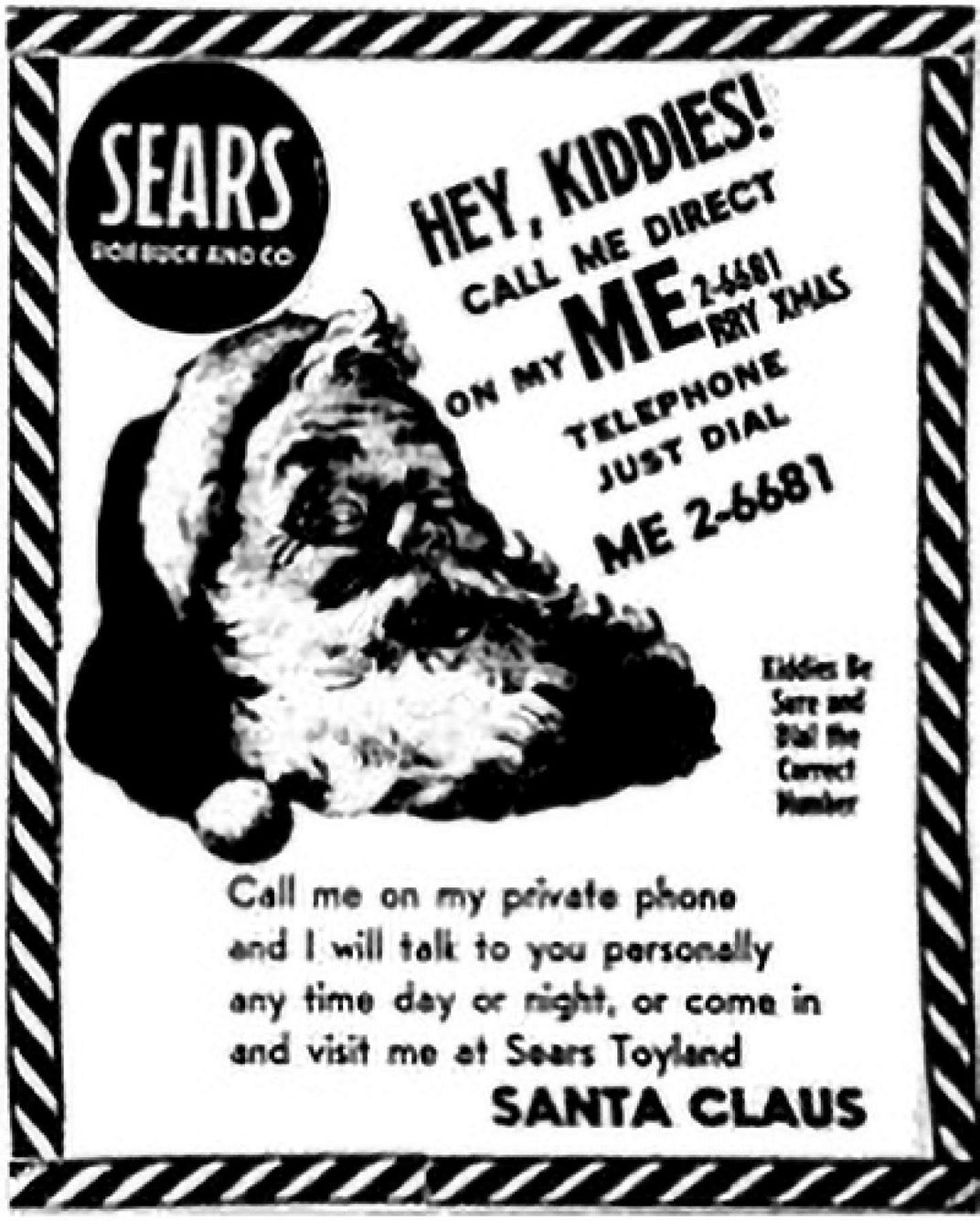Why NORAD Tracks Santa Claus
How did a misdialed phone number lead to a holiday tradition.
/https://tf-cmsv2-smithsonianmag-media.s3.amazonaws.com/blogging/featured/NORADSantaTracker.png)
On November 30, 1955, a phone rang on Col. Harry Shoup’s desk at Continental Air Defense Command (CONAD). CONAD was tasked with watching for a Soviet attack by air and alerting Strategic Air Command. In the midst of the Cold War, a phone call to Colonel Shoup’s desk could have brought critical news for national security.

However, when Colonel Shoup answered, the little voice on the other end asked “Is this Santa Claus?”
“There may be a guy called Santa Claus, at the North Pole, but he’s not the one I worry about coming from that direction,” was Shoup’s reply, according to an article that ran the following day. One can only imagine how the young caller reacted.
Why call CONAD to reach Santa? It all started with a misdial. That year, Sears ran an ad where Santa invited young people to “Call me direct on my telephone.” However, one caller didn’t heed the ad’s warning to “be sure and dial the correct number,” and instead reached Colonel Shoup—sparking a chain of events that would become a Christmas tradition.

The week of Christmas, Shoup’s staff added Santa and his sleigh to the plexiglass map CONAD used to track unidentified aircraft. The joke sparked an idea and CONAD told press they “will continue to track and guard Santa and his sleigh on his trip to and from the U.S. against possible attack from those who do not believe in Christmas.”
Journalist Matt Novak of Gizmodo points out that both Shoup and CONAD’s responses were less “Yes, Virginia, there is a Santa Claus,” and more “Yes, Virginia, there is a Cold War.” Their messaging, that CONAD was there to protect Santa against threats, aligned with a larger media campaign focusing on the importance of air defense.
However, the Cold War wasn’t the first time the U.S. military reported seeing Santa. According to Yoni Appelbaum for The Atlantic, during World War II, General Eisenhower issued a press release confirming “a new North Pole Command has been formed … Santa Claus is directing operations … He has under his command a small army of gnomes,” although the censored version cut out the location of Santa’s headquarters. In 1948, the Air Force reported one of their early warning radars had detected “one unidentified sleigh, powered by eight reindeer, at 14,000 feet, heading 180 degrees.”
CONAD would soon set itself apart from these earlier messages of Santa Claus levity. In 1956, one year after Colonel Shoup spoke with the young caller, the Associated Press and United Press International called to ask if Shoup’s team planned to track Santa again, and CONAD confirmed they did. In 1958, the newly established North American Aerospace Defense Command (NORAD) continued—and grew—the tradition.
In the 1960s, NORAD sent records to radio stations with updates on Santa’s path to play for their listeners. The 1970s brought with it Santa Tracker commercials. By 1997, Santa Tracker went digital—launching the website may of our younger readers will be familiar with. (Which has, of course, received some enhancements since then.)
How NORAD tracks Santa has also evolved over the years. Their website explains that they now use a combination of radar, satellites that “detect Rudolph’s bright red nose with no problem,” and jet fighters. “Canadian NORAD fighter pilots, flying the CF-18, take off out of Newfoundland and welcome Santa to North America,” explains NORAD, and in the United States, “American NORAD fighter pilots in either the F-15s, F16s or F-22s get the thrill of flying with Santa.”
